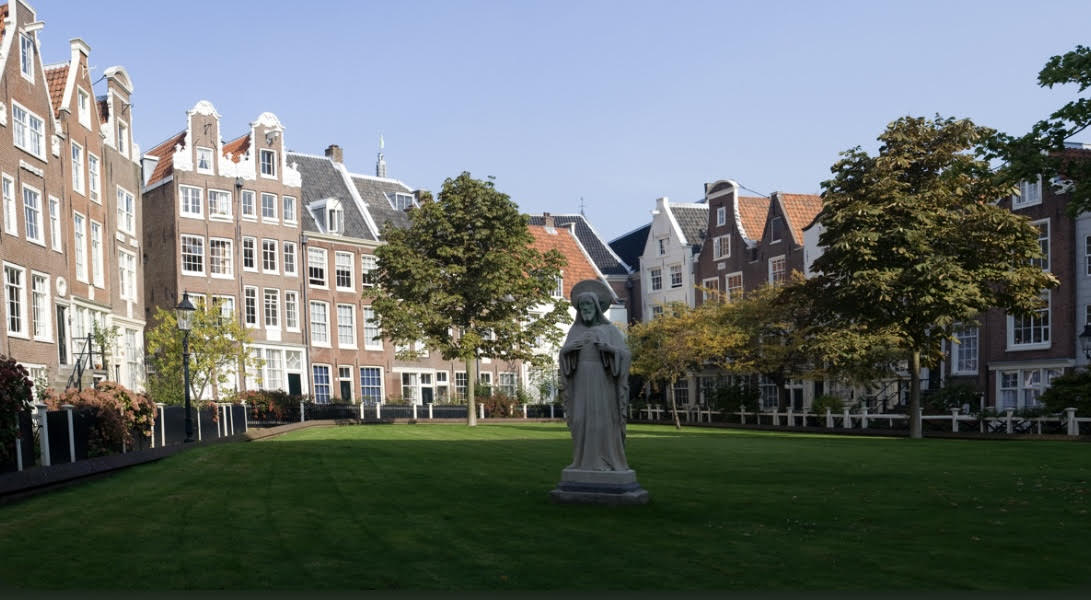
The Insider helps you find the best places to eat, drink, and explore in every city. No tourist traps, just real spots locals love.
The Begijnhof is a historic and peaceful courtyard hidden in central Amsterdam, originally home to Beguines, religious women who lived devout yet independent lives. Visitors can explore historic townhouses, chapels, and lush gardens, and learn about the poignant story of Cornelia Arens, who was famously buried in the gutter outside the chapel.

The Begijnhof is one of Amsterdam’s oldest and most tranquil hidden courtyards, tucked away behind busy streets yet preserving a sense of medieval serenity. Dating back to the Middle Ages, it was originally home to Beguines — religious women who lived a devout life without entering full convents, maintaining a balance between spiritual devotion and personal freedom.
One of the most intriguing stories of the Begijnhof is that of Cornelia Arens, famously known as the “grave in the gutter.” Born into a wealthy family in the 17th century, Cornelia became a Beguine in 1621. She lived during a time of religious upheaval. The small chapel within the Begijnhof, like all other churches in the city, was taken away from the Catholics and handed over to the English Presbyterians by the city government. Several of her family members had converted to the new Protestant religion, causing her great distress.
Her last wish was to be buried in the gutter rather than in the “desecrated” chapel of the Begijnhof. Legend has it that her wish was not respected—she was still buried in the chapel, but her coffin kept mysteriously appearing in the gutter by her final resting place. This occurrence happened three times, fueling the belief that her spirit was restless and could not find peace.
Cornelia’s story remains a haunting legend, symbolizing the spiritual and emotional turmoil experienced during that turbulent period of Amsterdam’s history.
What to Expect
Why Visit
Practical Information